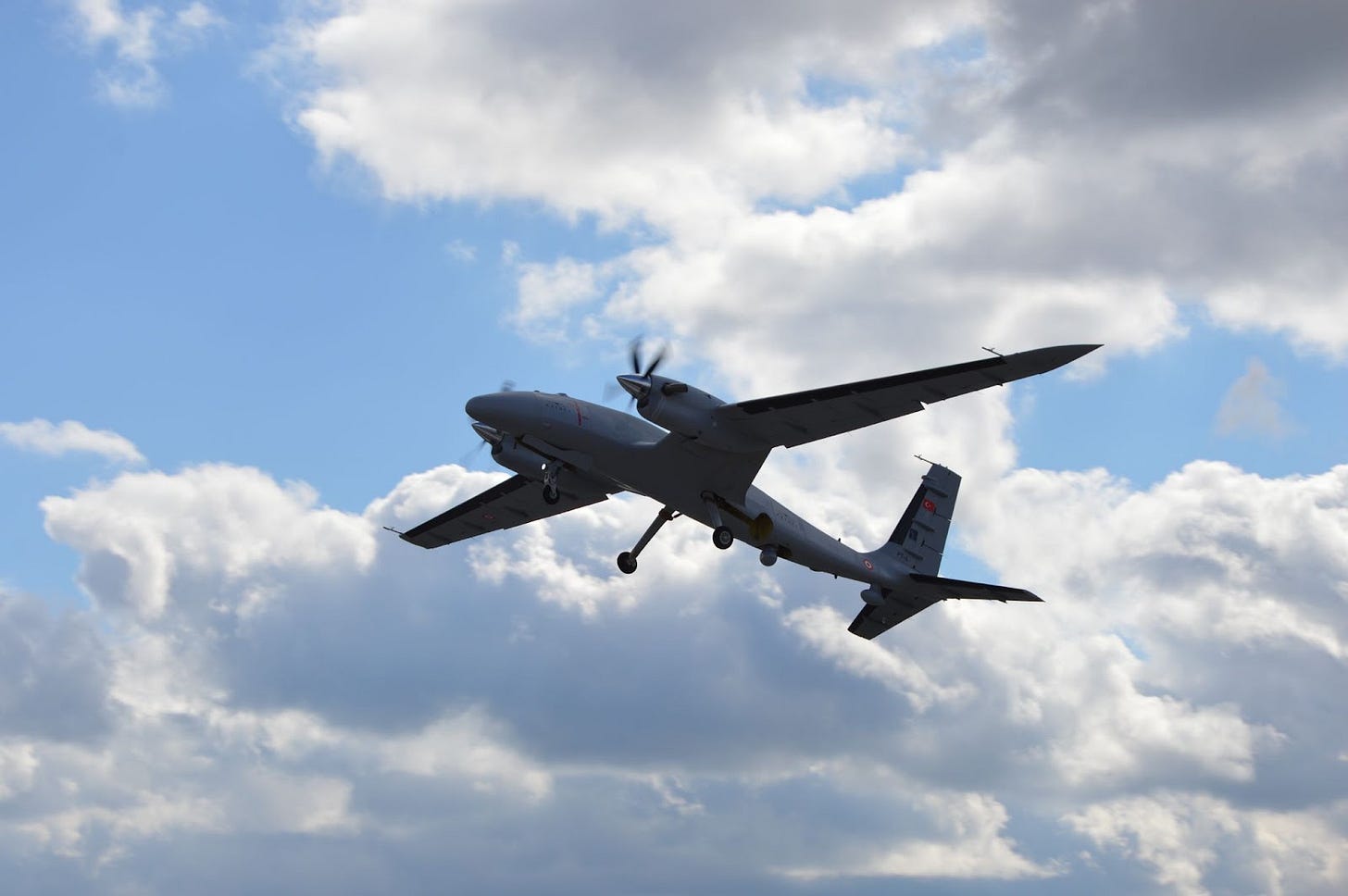Drone Adoption Favors Quantity Over Quality In Warfare
Development of drones both large and small has outpaced institutional adoption across militaries. Battlefield successes will pressure an update to a deadlier kind of warfare.

Technological advances in unmanned aerial systems (UAS) have outpaced actual military procurement—let alone military doctrine—almost everywhere, barring a few of the most enthusiastic early drone-adopting nations such as Israel and Turkey. Across most modern militaries, institutional conservatism and inertia has confined unmanned aerial vehicles (UAVs) to relatively niche roles compared to what they could potentially accomplish, thus preventing their widespread adoption across aerospace, ground, and naval forces. Recent battlefield demonstrations of the effectiveness of drones in combat, however, indicate that the 2020s will be the decade where the switch is finally made. In Syria, Libya, and Nagorno-Karabakh, Turkey and its allies have used UAS to significant effect, while Ukraine’s success in deploying its Turkish-made drones against Russia in February and March 2022 has shown that drones can be effective in battle even against a major military power. All kinds of UAS promise to find a place in the inventories of both major and minor powers, from tiny quadcopters and hand-launched, fixed-wing drones used for surveillance, to “kamikaze” loitering munitions, to larger unmanned combat aerial vehicles (UCAVs) that carry their own munitions to strike targets.

